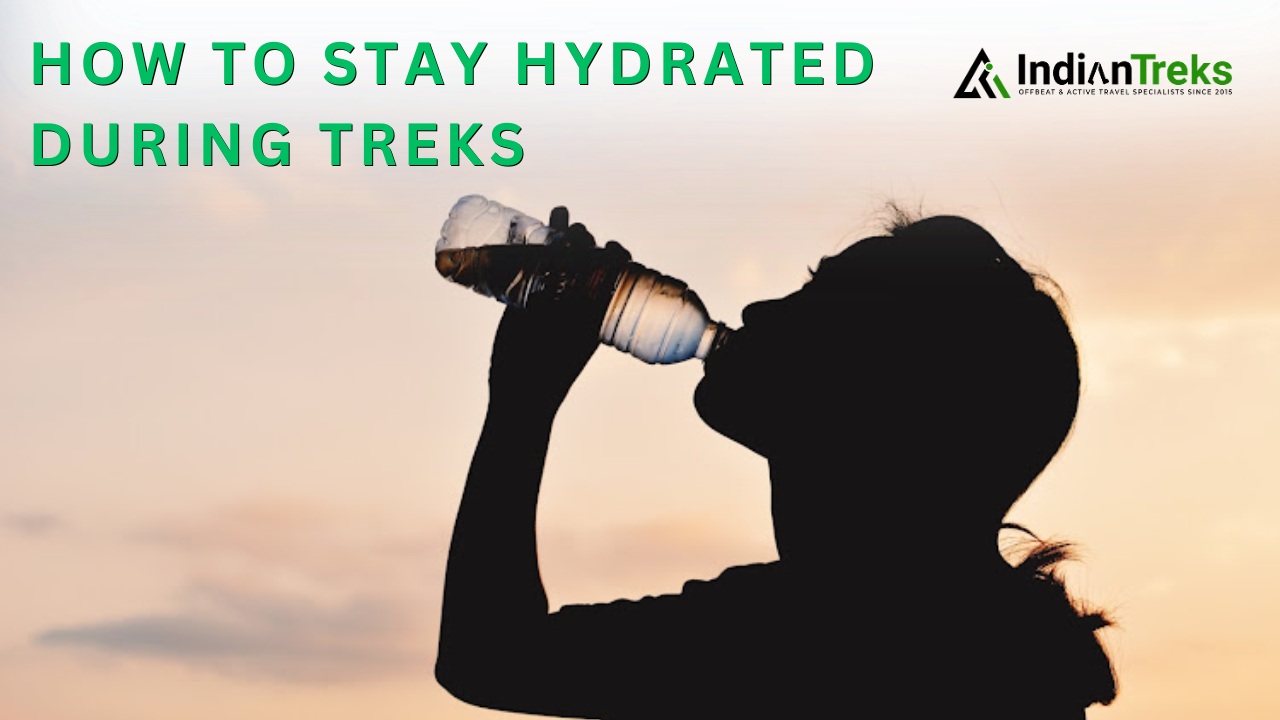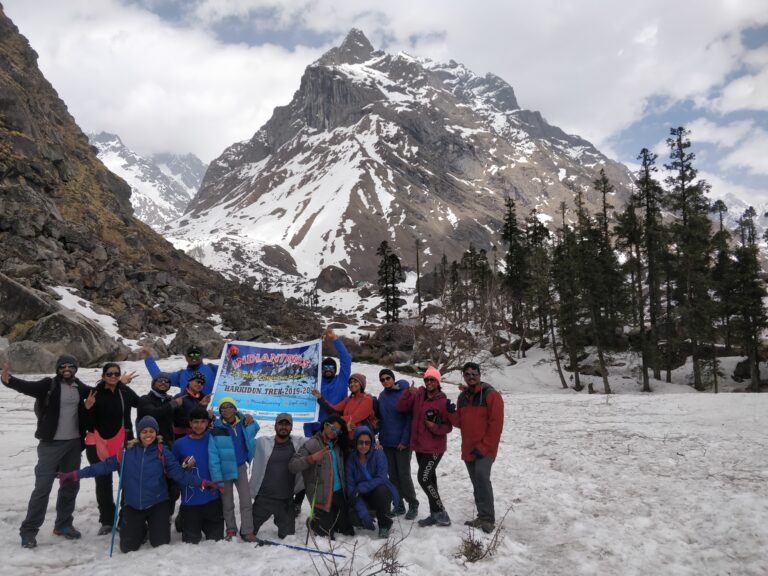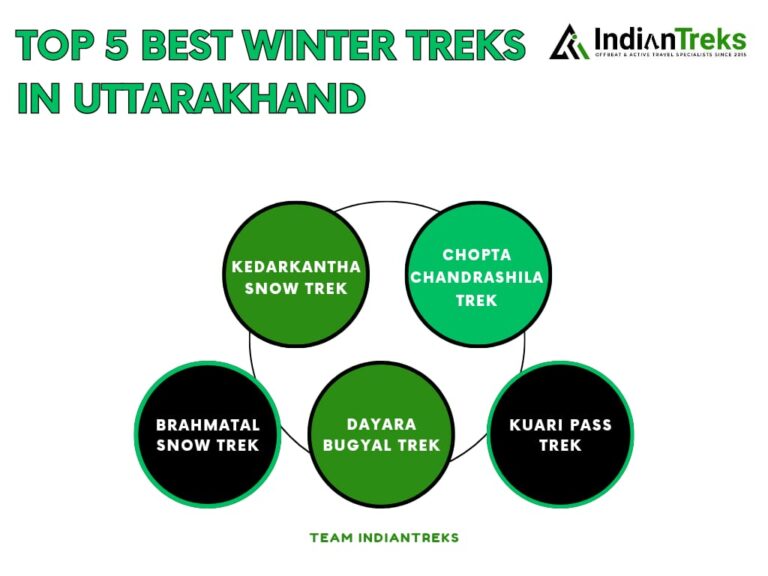The Importance of Staying Hydrated While Trekking
Drinking plenty of water while trekking is a absolute must. However, we frequently encounter trekkers suffering from dehydration and weariness. Staying hydrated is an essential part of trekking. Water keeps the body energized and the mind focused.
The amount of water you should drink is determined by the temperature and intensity of your activities.
Low temperatures and high elevations are sure to make you thirsty. As you climb higher in the mountains, the air becomes thinner. To keep your body’s oxygen levels stable, you must stay hydrated at regular intervals.
Even if you can’t see the perspiration trickling off your forehead, you’re always perspiring when trekking. Even as you breathe, your body loses water. Remember how we used to breathe on windows to make them hazy, or how we pretended to blow smoke through our mouths during the winter? So be sure you’re losing water even while you’re breathing.
Since there is less oxygen as you ascend, you breathe quicker because your lungs are working hard to pump in as much oxygen as possible. As a result, your mouth will get drier, leading to dehydration. So, at high elevations, you need more water.
As you walk, the body utilizes water to keep muscles working and maintain a healthy pH balance. To maintain a healthy balance, your body will need more fluids. Dehydration may ruin the enjoyment of trekking. It can cause a variety of unpleasant conditions and make you susceptible to altitude sickness.
Why Hydration is Essential During Treks
Trekking in the mountains is a physically demanding activity that requires endurance, strength, and proper preparation. Among all the essentials, hydration plays a critical role in ensuring a safe and enjoyable trekking experience. Many trekkers underestimate the importance of drinking enough water, which can lead to dehydration, fatigue, and even severe health risks at high altitudes.
The Role of Hydration in Trekking
Water is crucial for maintaining body functions such as temperature regulation, joint lubrication, and oxygen circulation. During a trek, the body loses water rapidly through sweat and respiration, especially in high-altitude terrains where the air is dry and oxygen levels are lower. If this lost fluid is not replenished, it can lead to dehydration, affecting both physical performance and mental clarity.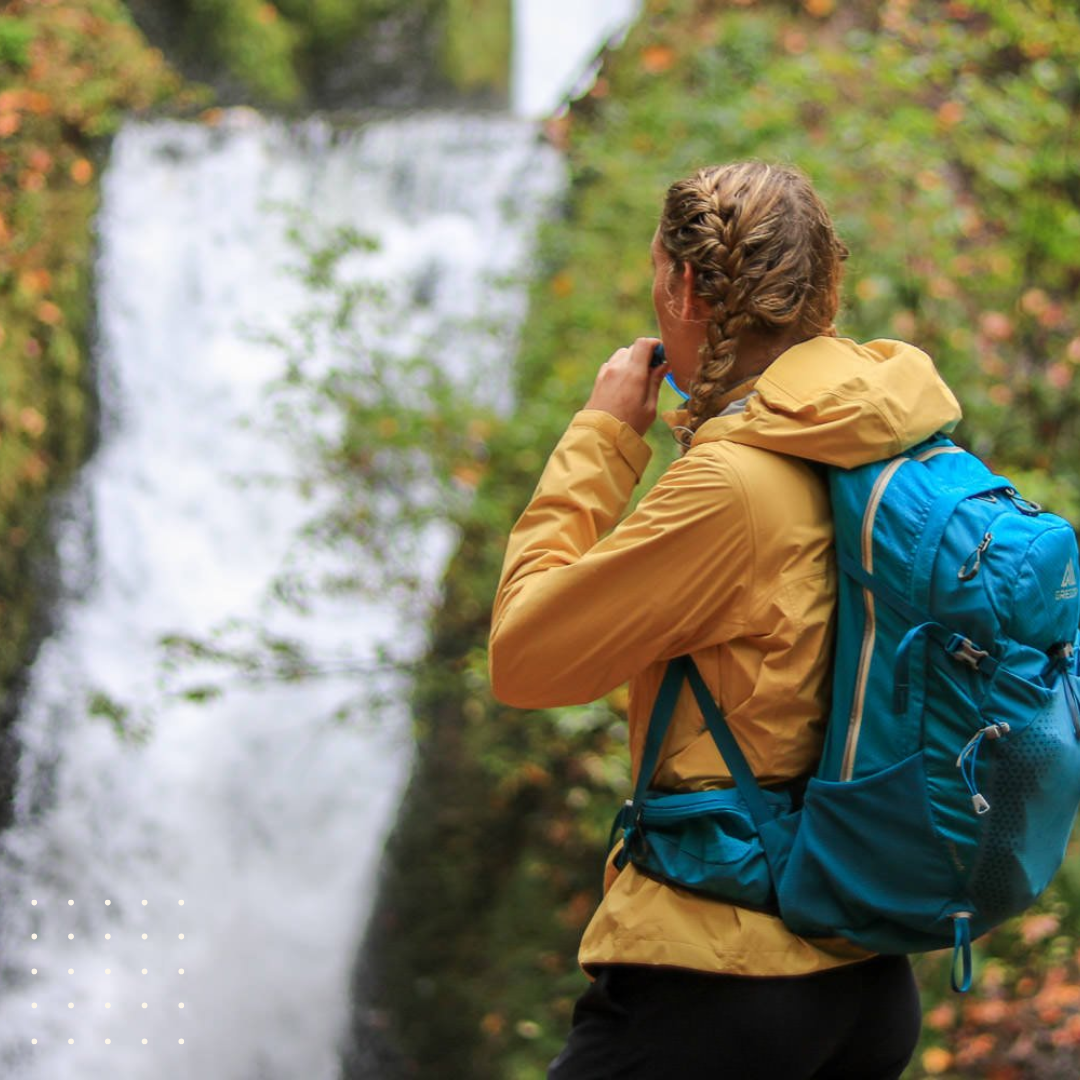
Symptoms of Dehydration in Trekkers
Dehydration can creep in silently and have serious consequences. Some common signs to watch for include:
Increased Thirst – Feeling excessively thirsty is an early warning sign of dehydration.
Dark Yellow Urine – A clear sign that the body is not getting enough water; urine should be light-colored.
Fatigue and Weakness – Lack of hydration leads to a drop in energy levels, making trekking more exhausting.
Dizziness or Lightheadedness – Dehydration can affect blood circulation and oxygen levels, leading to dizziness.
Dry Mouth and Chapped Lips – A parched mouth and cracked lips indicate fluid loss.
Headache – Common at high altitudes, dehydration-related headaches can worsen without proper hydration.
Muscle Cramps – Loss of electrolytes can cause painful muscle cramps, especially during strenuous climbs.
Confusion or Disorientation – Severe dehydration can impact cognitive function, leading to confusion.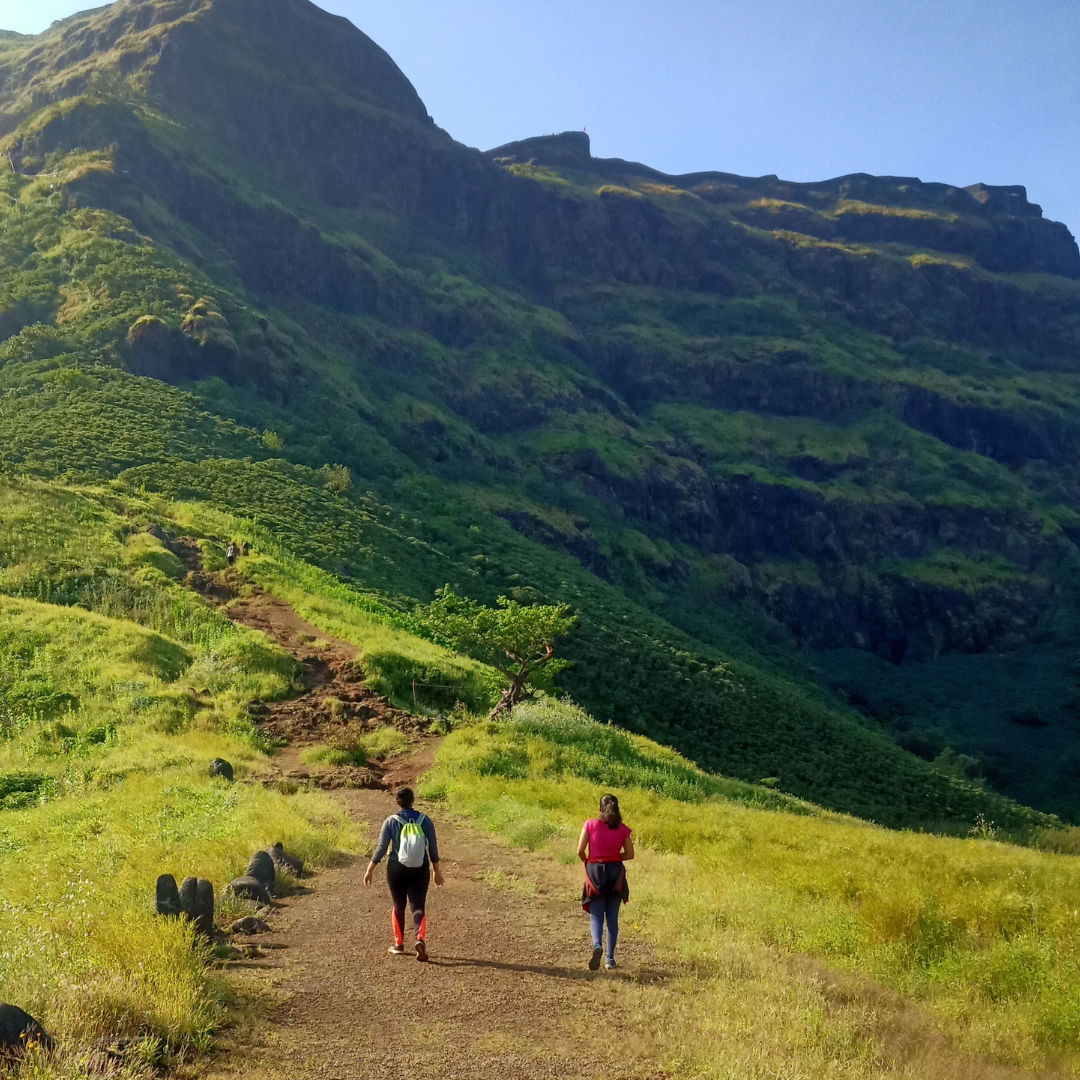
If dehydration is not addressed, it can lead to altitude sickness, a serious condition that can force trekkers to descend prematurely or seek medical help.
Hydration Strategies for Trekkers: Essential Guide for Safe and Successful Trekking
Proper hydration is one of the most important aspects of having a successful and pleasurable trekking trip. Whether you’re trekking in the Himalayas, exploring rocky mountain paths, or heading into high-altitude settings, being hydrated may have a big influence on your stamina, performance, and general health. In this tutorial, we’ll look at the best hydration practices for trekkers, so you can stay energized and prevent dehydration-related problems on your expedition.
Why Hydration Matters in Trekking
Trekking requires prolonged physical activity, which causes increased perspiration and water loss. Altitude, weather conditions, and trail difficulty all impact hydration requirements. Dehydration can result in tiredness, dizziness, headaches, muscular cramps, and even altitude sickness, all of which might imperil your trip.
How Much Water Do You Need While Trekking?
The general guideline for water consumption during trekking is:
Low-altitude treks (below 2500m): 2-3 liters per day
Moderate-altitude treks (2500m-4000m): 3-4 liters per day
High-altitude treks (above 4000m): 4-5 liters per day
However, these values may vary based on individual factors such as body weight, fitness level, climate, and exertion level.
Effective Hydration Strategies for Trekkers
1. Pre-Trek Hydration
Start hydrating several days before your excursion. Drink at least 3 liters of water every day to keep your body hydrated. Avoid excessive coffee and alcohol usage, as they might cause dehydration.
2. Carry the Right Hydration System
Water Bottles: Sturdy bottles, such as Nalgene or stainless steel, work well.
Hydration Bladders: CamelBak or similar hydration reservoirs provide hands-free sipping, making it simpler to remain hydrated while trekking.
Collapsible bottles: conserve space when not in use and are lightweight.
3. Drink regularly, not just when you’re thirsty.
Thirst is not usually the most reliable sign of dehydration. To stay hydrated, sip tiny quantities frequently—every 20-30 minutes—rather than drinking huge amounts all at once.
4. Electrolyte Balance.
When you sweat excessively, your body loses important minerals such as salt, potassium, and magnesium. To replenish electrolytes, add pills or powders like ORS, Nuun, or Gatorade to your water.
Consuming natural sources like coconut water, bananas, and almonds.
5. Purify water from natural sources.
Many treks need drinking water from streams or lakes. To avoid water-borne diseases:
Use a portable water filter (such as Sawyer, LifeStraw, or Katadyn).
Carry water purification tablets (Chlorine dioxide or Aquatabs).
Boil water for at least 3-5 minutes at higher elevations.
6. Avoid overhydration (hyponatremia).
While dehydration is dangerous, overhydration can cause hyponatremia (low sodium levels), resulting in headaches, confusion, and nausea. To avoid this: Balance water intake with electrolytes.
Do not drink excessive amounts in a short time.
7. Stay hydrated throughout acclimatization.
Hydration is critical for high-altitude climbs because it lowers the risk of Acute Mountain Sickness (AMS). To remain hydrated and warm, drink consistently and drink warm fluids like herbal tea or soup.
8. Consume Hydrating foods.
Include water-rich items in your trekking diet, such as
Fruits: oranges, melons, and apples
Vegetables: Cucumber and tomatoes
Soups and broths provide additional water and nutrients.
9. Hydrate after your trek.
After completing your trek, replenish lost fluids by drinking plenty of water and consuming rehydrating beverages to aid recovery and muscle repair.
Summary: Hydration Strategies for Trekkers
Proper hydration is crucial for a successful trekking experience, preventing dehydration, fatigue, and altitude sickness. Trekkers should drink 2-5 liters of water daily based on altitude, use hydration systems like bottles or bladders, and consume electrolytes to maintain balance. Regular hydration, monitoring urine color, and purifying natural water sources ensure safe water intake. Overhydration should also be avoided. Including hydrating foods and post–trek hydration aids recovery. By following these strategies, trekkers can maintain peak performance and enjoy a safe adventure.
Final Thoughts
Proper hydration is one of the simplest yet most effective ways to enhance trekking performance and safety. By following hydration best practices, trekkers can maintain their energy levels, reduce the risk of altitude sickness, and enjoy a more fulfilling trekking experience. Whether you are trekking to Har Ki Dun, Kedarkantha trek, Bali Pass, or other breathtaking Himalayan trails, make hydration a priority to ensure a successful and enjoyable adventure.
Stay hydrated, stay safe, and keep trekking!
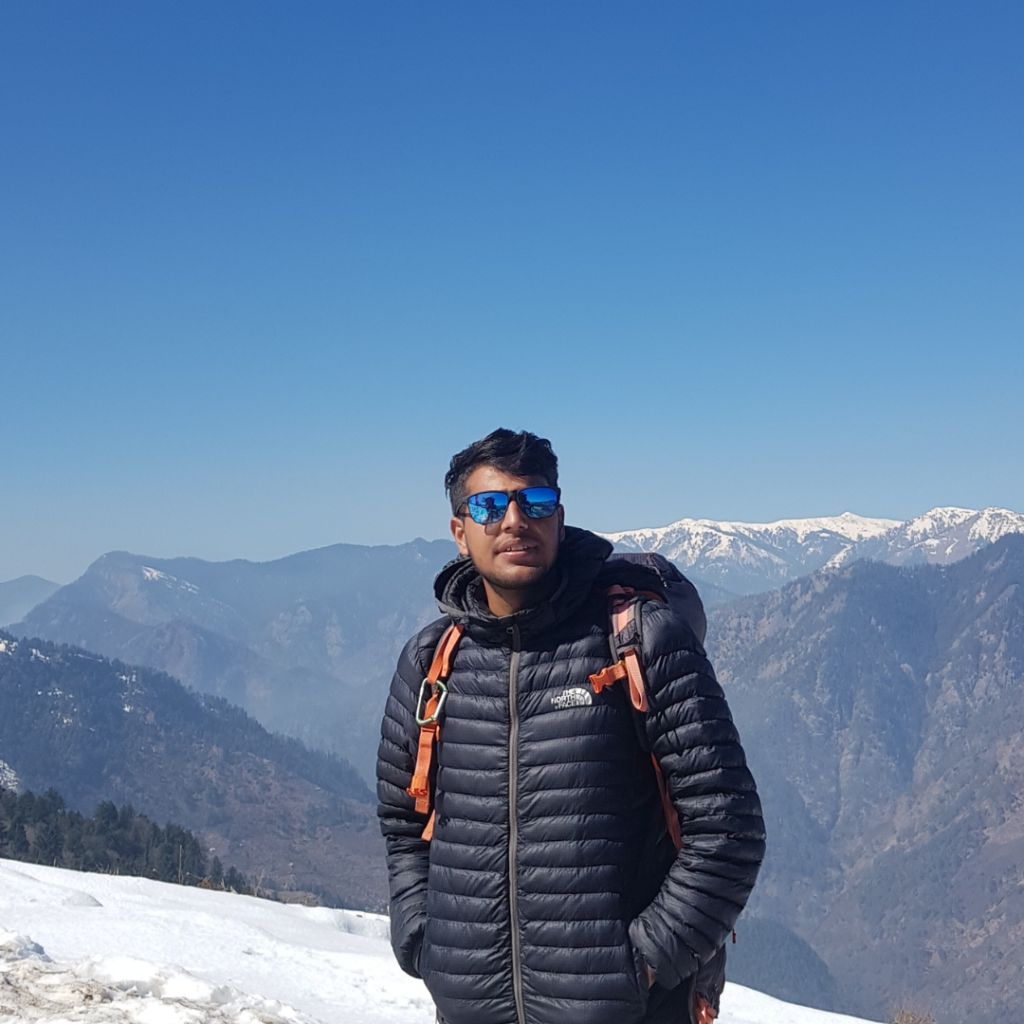
About Author – Vivek Rana
With nearly 10 years of experience in high-altitude guiding, the founder of this trekking organization is more than just a trek leader—they are a pioneer of adventure in the Himalayas. Having conquered multiple 6000-7000 meter peaks, they have led over 150 treks across the most breathtaking and challenging terrains, including Har Ki Dun, Kedarkantha, Borasu Pass, Bali Pass, Buran Ghati, Rupin Pass, Pin Bhabha, and the mighty Black Peak.
Their deep-rooted connection with the mountains isn’t just about reaching summits—it’s about creating life-changing experiences for those who dare to explore. Every expedition they lead is an invitation to step beyond limits, embrace the wilderness, and feel the raw power of the Himalayas like never before.
This is not just trekking; this is a journey into the heart of the mountains—with a guide who knows them like a lifelong friend.

